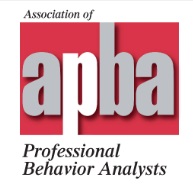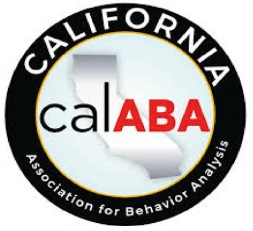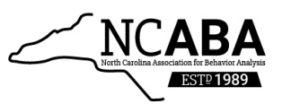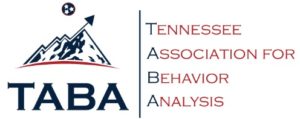Apply and Optimize your practices after the practitioner training
Yes, there is a sytem for that

The PCM 'Apply and Optimize after Training' system leans heavily on the PFC tool, which stands for the 'Physical Fidelity Checklist' .
"“The feedback gained by using the PFC tool is like stepping on the scale every so often to make sure you’re not cheating too much on your diet.”









